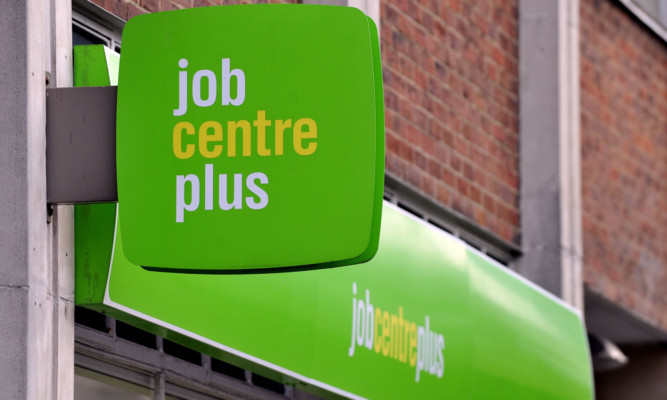There are large gaps between the skills that employers in Scotland are looking for and the qualifications that jobseekers possess, according to a new data website.
The website has been developed by the Institute for Public Policy Research (IPPR) think tank and analytics company Burning Glass Technologies as part of JPMorgan Chase’s new skills at work programme.
It matches online data about the vacancies that employers are offering with data about what qualifications jobseekers actually have.
The tool allows users to look at how supply and demand for different types of jobs varies in different local areas of the UK.
The data revealed that in Scotland there were about 128,300 entry-level vacancies in mid-skilled occupations in 2014, with demand for workers particularly high in personal care, sales and marketing, and finance administration.
It found that in the personal care sector, there were significantly more advertised vacancies than qualified jobseekers.
The same applied to vacancies for welfare and housing associates, and office managers and supervisors.
The data also found a skills “mismatch” in the other direction,with some sectors having many qualified jobseekers competing for every job.
The three occupations in which qualified jobseekers in Scotland are most likely to be struggling to find entry-level jobs were animal care, agriculture and emergency services and related occupations.
IPPR Scotland director Russell Gunson said: “It is encouraging to see there are tens of thousands of jobs available for education leavers in Scotland but there is a question of whether desired careers and skills of jobseekers match opportunities in the local labour market. Our data suggests there is a mismatch.
“In Scotland the figures indicate that some sectors are finding it difficult to recruit – while many qualified young people are struggling to find the jobs they want.
“If we want to increase employment among young people leaving education the government will need to find ways to help them to acquire the skills in sectors where the most opportunities exist.
“In some cases, these sectors will also need to find ways to make occupations more attractive to young people. There is a role for education and training providers too.”
The data is to be made available on www.wheretheworkis.org.







